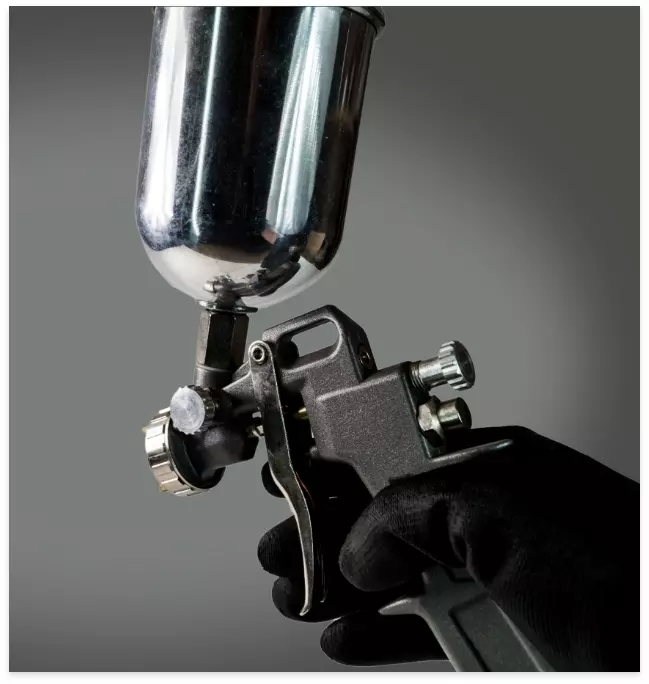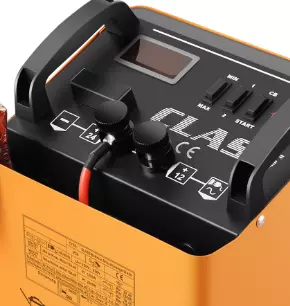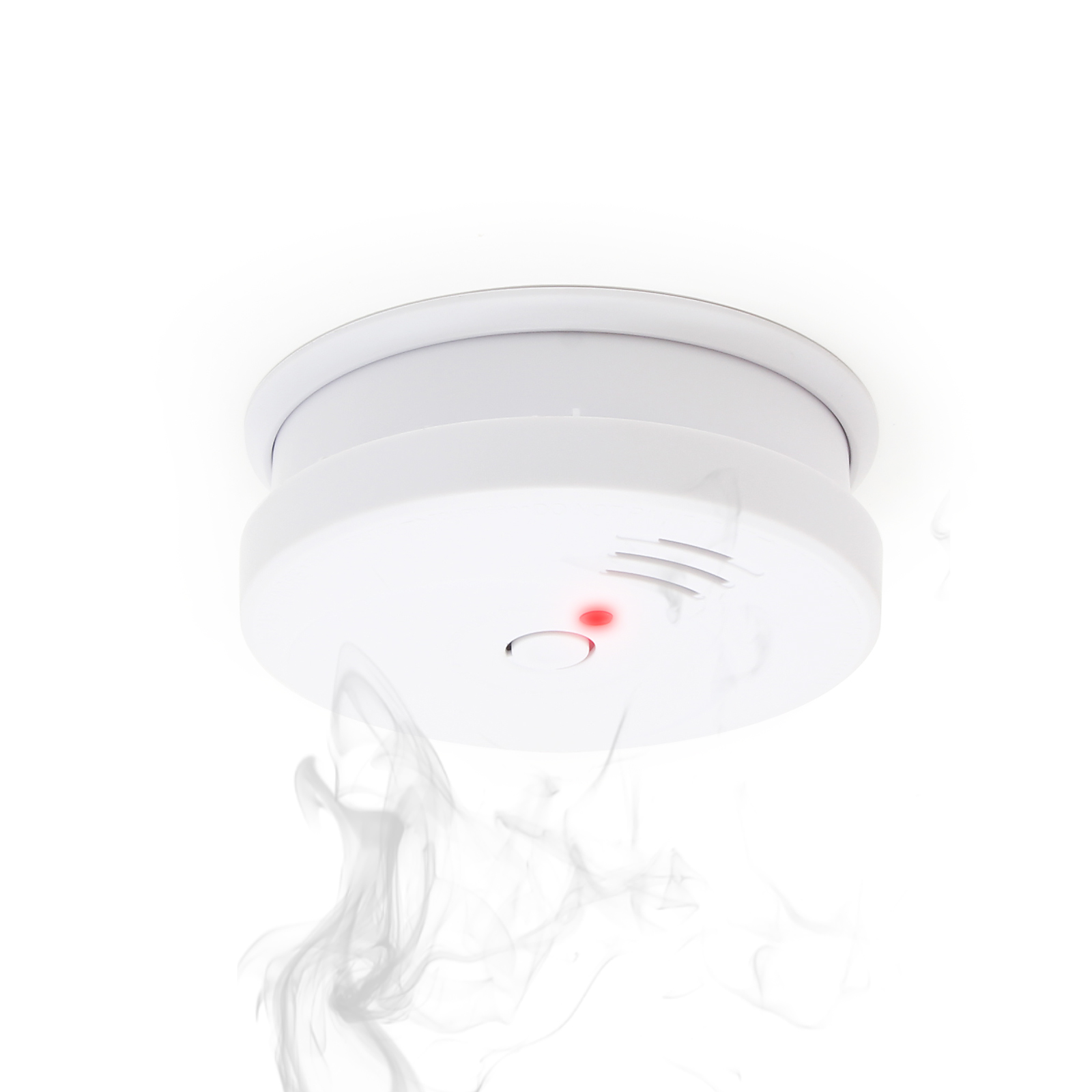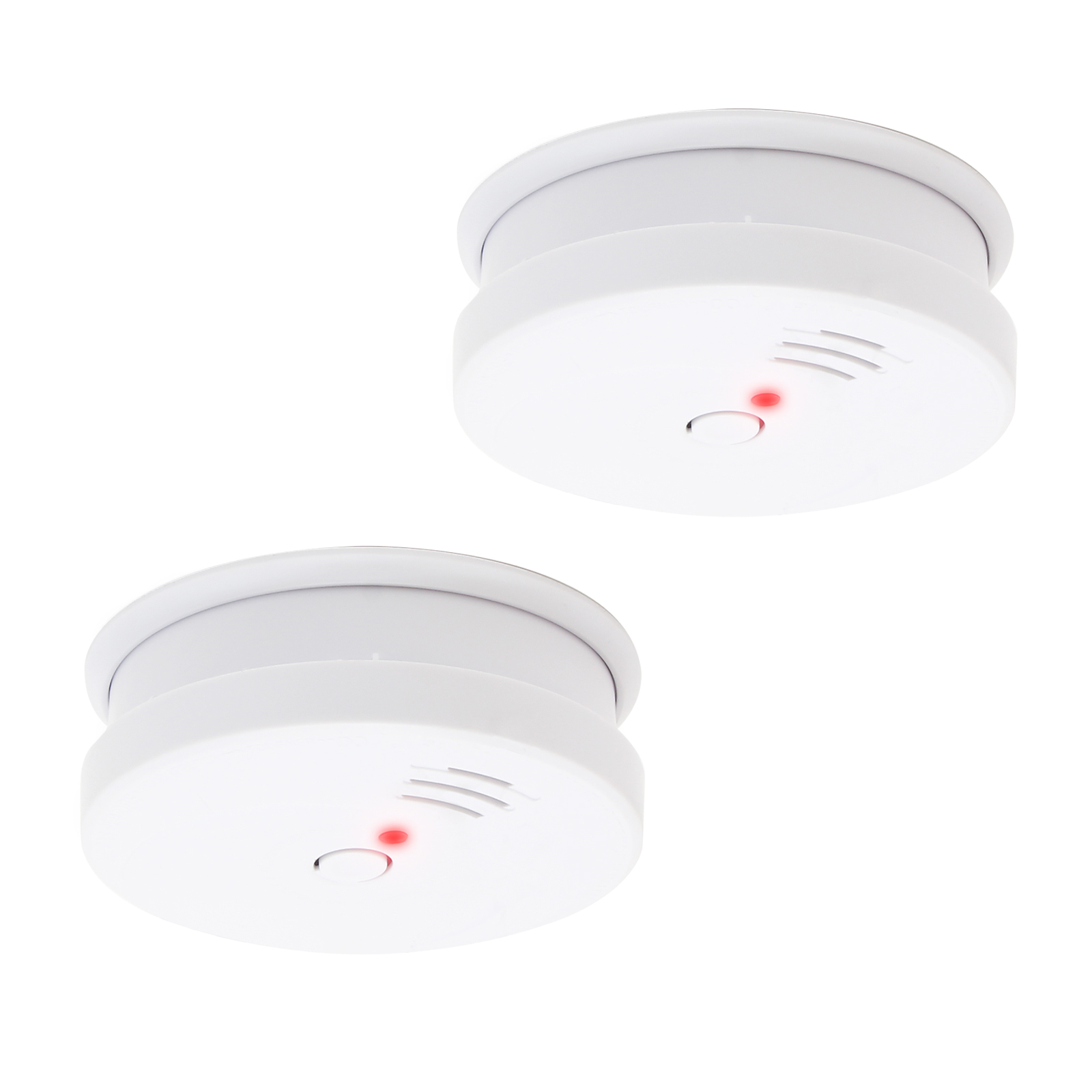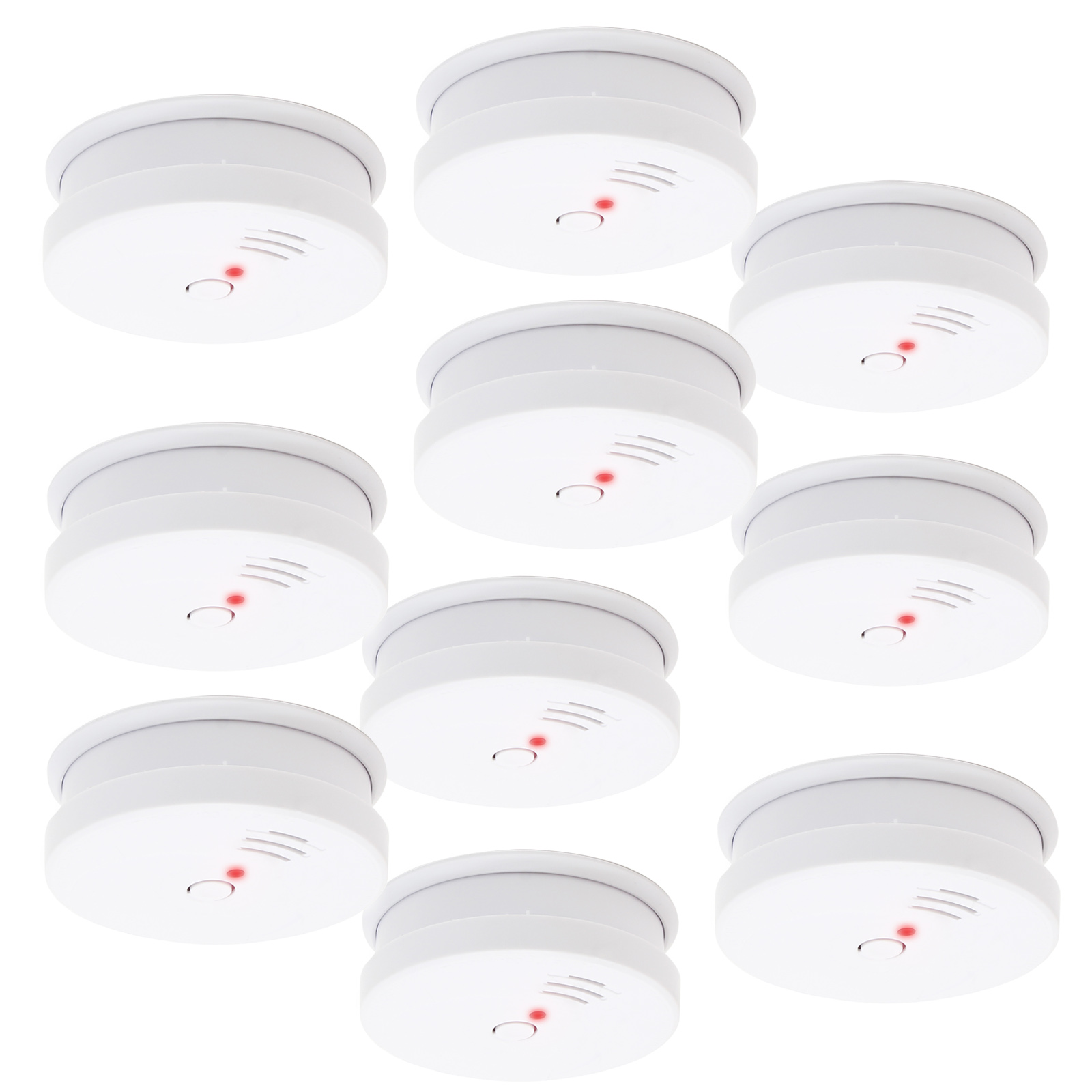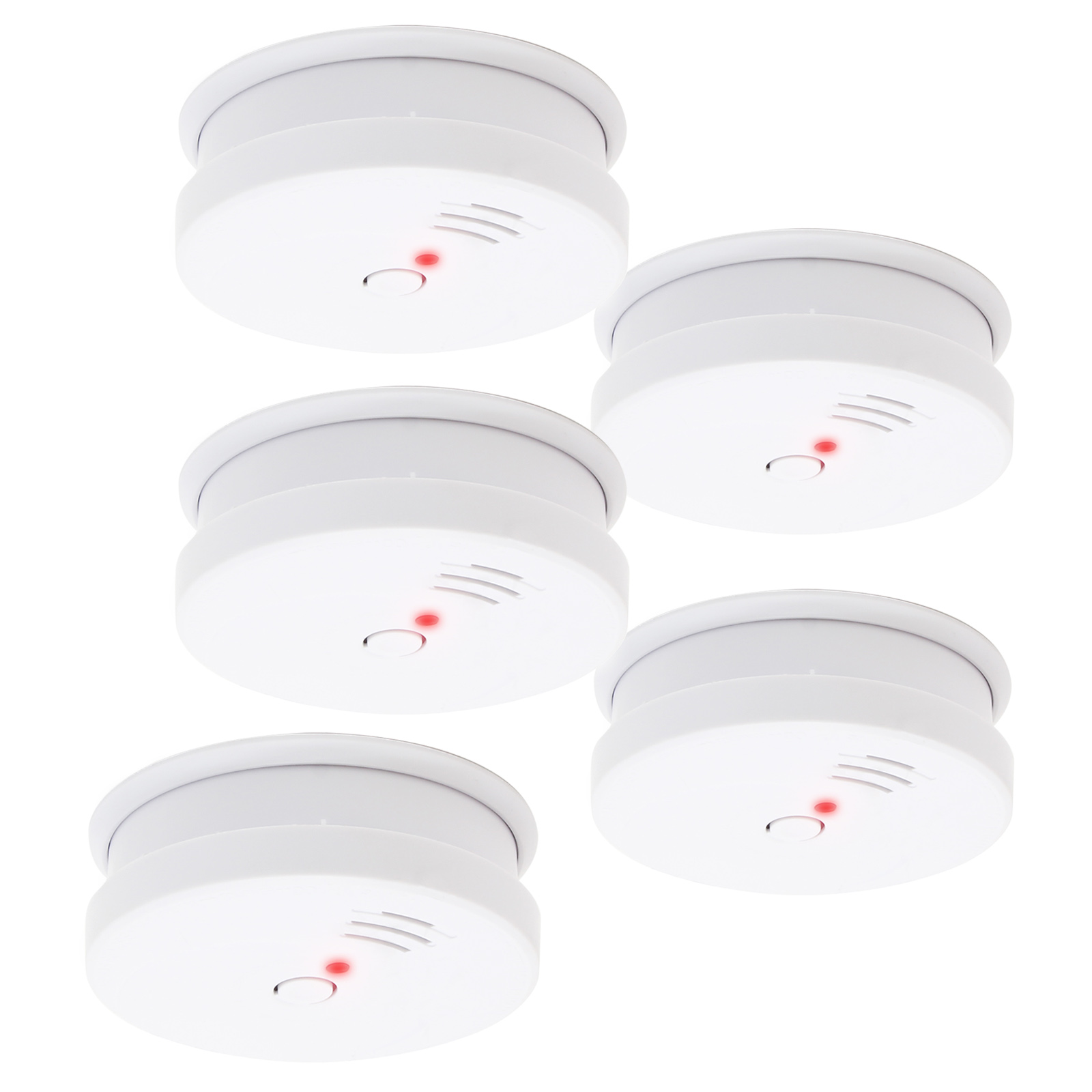Available, delivery time: 2 - 3 days
• Long service life
• Volume of alarm 85 dB
• Cable-free installation
• Certified according to DIN EN 14604
Available, delivery time: 2 - 3 days
• With test button and low battery alert
• 85 dB acoustic alarm in case of smoke
• Optical fire detector for your home
• Smoke alarm certified according to EN 14604
Content: 2 piece(s) (€8.25* / 1 piece(s))
Available, delivery time: 2 - 3 days
• With test button and low battery alert
• 85 dB acoustic alarm in case of smoke
• Optical fire detector for your home
• Smoke alarm certified according to EN 14604
Content: 20 piece(s) (€7.25* / 1 piece(s))
Available, delivery time: 2 - 3 days
• With test button and low battery alert
• 85 dB acoustic alarm in case of smoke
• Optical fire detector for your home
• Smoke alarm certified according to EN 14604
Content: 10 piece(s) (€7.50* / 1 piece(s))
Available, delivery time: 2 - 3 days
• With test button and low battery alert
• 85 dB acoustic alarm in case of smoke
• Optical fire detector for your home
• Smoke alarm certified according to EN 14604
Content: 5 piece(s) (€7.60* / 1 piece(s))
Available, delivery time: 2 - 3 days
• With test button and low battery alert
• 85 dB acoustic alarm in case of smoke
• Optical fire detector for your home
• Smoke alarm certified according to EN 14604
Content: 40 piece(s) (€7.15* / 1 piece(s))
Available, delivery time: 2 - 3 days
• With test button and low battery alert
• 85 dB acoustic alarm in case of smoke
• Optical fire detector for your home
• Smoke alarm certified according to EN 14604
Content: 120 piece(s) (€6.70* / 1 piece(s))
Available, delivery time: 2 - 3 days
• With test button and low battery alert
• 85 dB acoustic alarm in case of smoke
• Optical fire detector for your home
• Smoke alarm certified according to EN 14604
Content: 80 piece(s) (€6.87* / 1 piece(s))
Rauchmelder als stille Helfer in der Not für Ihre Räumlichkeiten
Rauchmelder sind unverzichtbare Sicherheitsgeräte, die Leben retten können. Ihre Fähigkeit, gefährlichen Rauch frühzeitig zu erkennen, bietet Ihnen wertvolle Zeit, um sich und Ihre Familie in Sicherheit zu bringen.
Von klassischen photo-optischen Meldern bis zu Ionisationsrauchmeldern, die unterschiedliche Technologien nutzen, um Rauch zu erkennen. Manche Modelle bieten zusätzliche Funktionen, wie eine längere Batterielaufzeit oder ein modernes Design. Für maximale Sicherheit sollten Sie sichergehen, dass Ihre Räumlichkeiten mit geeigneten Rauchmeldern ausgestattet sind.

Funktionsweise und Wichtigkeit von Rauchmeldern
Optische Rauchmelder arbeiten mit einem Lichtstrahl, der im Inneren des Melders reflektiert wird, wenn Rauchpartikel in die Messkammer eindringen. Diese Reflexion löst das Warnsignal aus. Dieser Mechanismus eignet sich besonders für die Erkennung von schwelenden Bränden, die langsam Rauch entwickeln.
Photo-optische Rauchmelder erkennen Schwelbrände und sind ideal für Wohnräume und Schlafzimmer. Ionisationsrauchwarnmelder sind besonders empfindlich gegenüber schnell brennenden Flammen und eignen sich besser für Bereiche wie Flure und Küchen. Aufgrund der radioaktiven Quelle in Ionisationsmeldern sind sie in einigen Regionen weniger verbreitet, bieten jedoch eine effektive Ergänzung in der Brandüberwachung.
Kriterien eines zuverlässigen Rauchmelders
Ein zuverlässiger Rauchmelder sollte folgende Eigenschaften aufweisen:

lange Batterielaufzeit

einfache Montage

regelmäßige Testfunktion

lautes Warnsignal
Außerdem sollte er auf die spezifischen Bedürfnisse des Raums abgestimmt sein, in dem er installiert wird.
Entscheiden Sie sich für einen Rauchmelder zum Kleben, sind diese einfach zu montieren und ideal für Mietwohnungen, in denen Bohren unerwünscht ist. Modelle mit wechselbaren Batterien bieten Flexibilität in der Wartung, während Design-Rauchmelder ästhetisch ansprechende Lösungen für stilbewusste Verbraucher darstellen.
Installation und Wartung
Rauchmelder sollten an der Decke montiert werden, idealerweise in der Raummitte oder mindestens 50 cm von Wänden entfernt. In Schlaf- und Kinderzimmern sowie Fluren ist die Installation besonders wichtig, da Rauch in diesen Bereichen schnell bemerkt werden muss.
Die Wartung eines Rauchmelders umfasst regelmäßige Tests der Alarmfunktion und den rechtzeitigen Austausch von Batterien. Nach der empfohlenen Lebensdauer von etwa 10 Jahren sollte der Rauchmelder komplett ersetzt werden. Bei der Entsorgung beachten Sie die örtlichen Bestimmungen für elektronische Geräte, insbesondere bei Modellen mit radioaktiven Komponenten.

In welchen Räumlichkeiten Rauchmelder nicht fehlen sollten

Schlafzimmern & Kinderzimmern

Fluren

Küche

Wohnraum
Rechtliche Bestimmungen und Sicherheitshinweise

In vielen Ländern gibt es inzwischen Vorschriften, die Rauchmelder in Mietwohnungen und Neubauten vorschreiben. Die Verantwortung für die Installation kann dabei entweder beim Vermieter oder Mieter liegen. Überprüfen Sie die regionalen Gesetze, um sicherzustellen, dass Ihre Wohnung korrekt ausgestattet ist.
Achten Sie darauf, dass Rauchmelder immer funktionsfähig und gut zugänglich sind. Testen Sie die Geräte regelmäßig, wechseln Sie die Batterien rechtzeitig und sorgen Sie dafür, dass keine Staub- oder Schmutzansammlungen die Funktionsweise beeinträchtigen.













